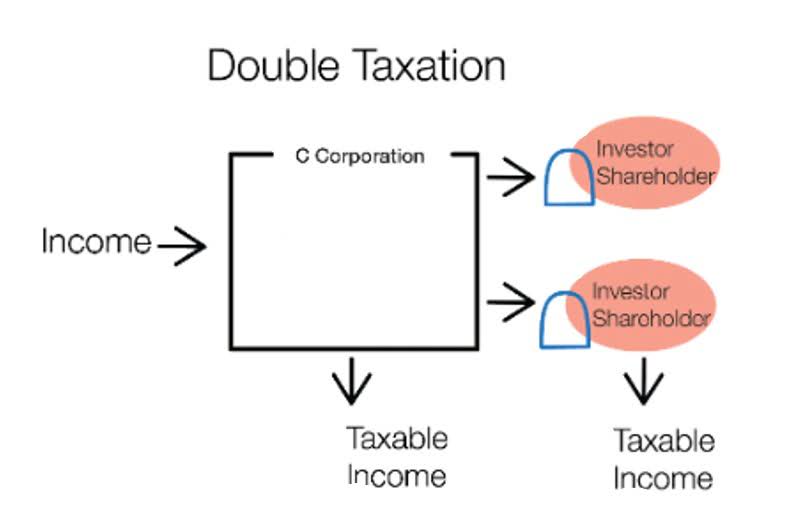Bookkeeping
Understanding Horizontal Analysis: Definition and Examples

A company’s growth and financial situation in relation to competitors are displayed via horizontal analysis. Carefully examine the percentage changes to understand the magnitude and significance of variations. Look for major fluctuations that may indicate critical events or shifts in the company’s operations. Nonetheless, continuous comparisons and the implementation of additional financial analysis techniques help to take care of this drawback. The revenue decreased by 0.8% from Rs 604,234 million in 2023 to Insurance Accounting Rs 599,327 million in 2024.
Overlooking Anomalies in Financial Data

All items on the balance sheet and income statement for the year 2008 have been compared with the items of balance sheet and income statement for the year 2007. With horizontal analysis, you easily compare the financial position and performance of your company from one period to the next. With your findings, you understand how much change you have in your revenue (increase or decrease) between the two periods in consideration and also spot changes in your COGS and net income. Every single item is compared with its counterpart in the alternative income statement. From a general view, it could be seen that the company made considerable growth in its income between the years. The percentage representation horizontal analysis formula makes it easier to determine the level of change between these different periods.
- Fortunately, tools like Google Sheets or Excel allow you to set up templates, so you can forget about the calculations and focus on analysis.
- Comparing costs like COGS and operating expenses across periods and finding what could be more efficient is also a common use case for horizontal analysis.
- Start by choosing the financial statements that are relevant to your analysis objectives.
- By comparing financial results from prior periods with those from more recent periods, a company enhances its capacity to determine the direction and magnitude of account balance movements.
- Vertical analysis expresses each line item on a company’s financial statements as a percentage of a base figure, whereas horizontal analysis is more about measuring the percentage change over a specified period.
Assessing Business Performance and Financial Health
Using Layer, you can also automate data flows and user management, so you can gather the data automatically, carry out the analysis, and automatically share results and reports with the right users. In conclusion, we’re able to compare the year-over-year (YoY) performance of our company from 2020 to 2021. The latter two tend to go hand-in-hand because the most useful benchmark against which to compare recent performance is most often the preceding period. That’s when my team and I created Wisesheets, a tool designed to automate the stock data gathering process, with the ultimate goal of helping anyone quickly find good investment opportunities.

No-BS Guide To Horizontal Analysis – Formulas And Examples
- By its nature, horizontal analysis is useful to forecast future performance by analyzing how key metrics change over time.
- Cash in the current year is $110,000 and total assets equal $250,000, giving a common-size percentage of 44%.
- In horizontal analysis, the changes in specific items in financial statements i.e. net debt on the balance sheet or revenue on the income statement– are expressed as a percentage and in a specific currency – for example, the U.S. dollar.
- If the company had an expected cash balance of 40% of total assets, they would be exceeding expectations.
The percentages indicate the extent to which each account has increased or decreased over time, but they do not provide an explanation for the reasons behind the changes. Other factors must be considered in order to interpret the significance of adjustments in either direction. The Direct Comparison Method entails the direct comparison of numbers from one balance sheet accounting period to those from another.
Cash Flow Statement
- The concept emerged from the need to track financial metrics across reporting periods to spot variances and identify performance patterns.
- In horizontal analysis, the changes in specific financial statement values are expressed as a percentage and in U.S. dollars.
- Obviously financial statements for at least two accounting periods are required, however, using a larger number of accounting periods can make it easier to identify trends within the financial data.
- Utilize financial ratios, such as profitability ratios, liquidity ratios, and solvency ratios, to compare the company’s financial performance with industry benchmarks and competitors.
- Now that you know how to calculate percentage change, you can read about all the steps involved in horizontal analysis in the next section.
- To further illustrate the practical application of horizontal analysis, let’s explore a few more examples that showcase its effectiveness in assessing financial performance and identifying trends.
- By systematically calculating the absolute and percentage changes, analysts can derive meaningful insights into the financial trends and performance of a company over time.
Our first task is to evaluate our hypothetical company’s income statement. Use vertical analysis to see how your costs and revenue break down in a single period or compare them to competitors. Use horizontal analysis to track changes over time, like how your revenue or costs are growing.

